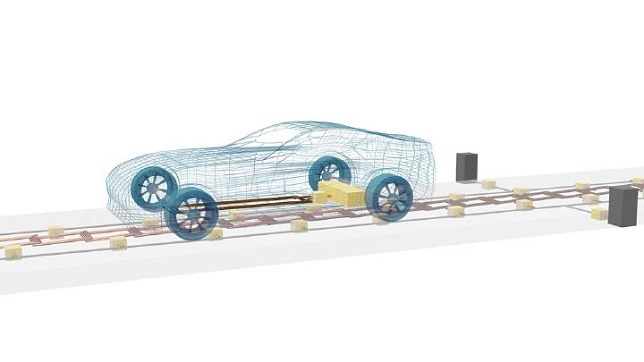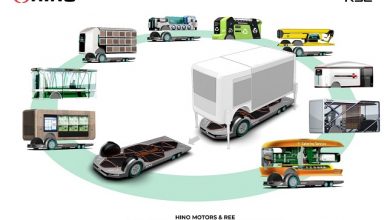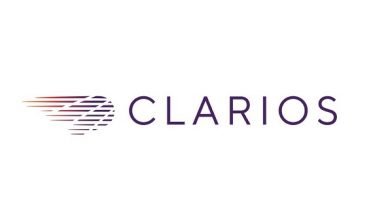IEW, University of Stuttgart achieves 95% efficiency in wireless charging of EVs

Inductive charging is a big opportunity for developing and further expanding electromobility. Two big disadvantages of e-automobility could be eliminated with wireless energy transmission: As you can charge more frequently and for a shorter period of time with dynamic charging systems, it would be possible to install smaller batteries, which help reduce lithium consumption. In addition, long charging times at a charging station could be avoided, if it were possible to charge the electric vehicle (EV) inductively in parking lots, at traffic lights or when it is moving.
A research team at the Institute of Electrical Energy Conversion (IEW) of the University of Stuttgart, which is headed by Prof. Dr. Nejila Parspour, has been focusing for years on the inductive energy transfer, among other things, of e-vehicles. Thanks to wireless charging, it is possible to automate the charging process, so that the rechargeable battery can be charged automatically at all times, for example in inner-city parking lots, at traffic lights, on selected road sections and while driving. The scientists at the IEW are researching the development of wireless electrical road systems with which commercial and passenger EVs can be charged without cables while driving or stationary. This is critical for increasing the range of electric vehicles. The efficiencies achieved with the systems developed at IEW are over 95 percent.
Since public charging stations are still rare, inductive charging possibilities would also create more capacity – at relatively comparable costs. The e-vehicle could then be charged on the way to work and in the parking lot. It would no longer be necessary to plug the car in for charging all night, for example.
Prof. Dr. Nejila Parspour sees the greatest potential for further developments in analyzing the energy path. Contactless charging technology works using charging coils. For dynamic charging, i.e. while driving, induction coils will be put into the road surface. As soon as the vehicle is on top of them, the charging coils in the road are activated, and transfer electrical energy to the vehicle via a magnetic field. The scientific team around Prof. Parspour has already filed patent applications for different inventions in order to further advance the idea of inductive static and inductive dynamic charging. One of the most important inventions relates to positioning tolerance that allows for inductive charging regardless of the vehicle height and width.
A number of other inventions have further increased the efficiency of the systems developed at the IEW. Other already patented inventions relate to foreign body detection. This way, the charging system can detect when a foreign body that could heat up is on the induction coil. In addition, the scientists at the Institute for Electrical Energy Conversion are also conducting research in several projects funded by the Vector-Stiftung, including in the area of 48-volt-based charging while driving.
The IEW team is also working on the economic efficiency and size of components for charging systems. In addition to the infrastructure, i.e. the coils in the energy path, the receiver coils must also be built as light as possible with the greatest possible efficiency. The goal is to achieve a stable system with just a few components. This reduces costs, increases efficiency and saves installation space and weight, which is also an important factor for an electric vehicle.
EP applications are pending. Technologie-Lizenz-Büro (TLB) GmbH helps the University of Stuttgart patent and market its innovations. TLB has been commissioned with the business implementation of this pioneering technology and offers companies possibilities to cooperate and license the patents.


